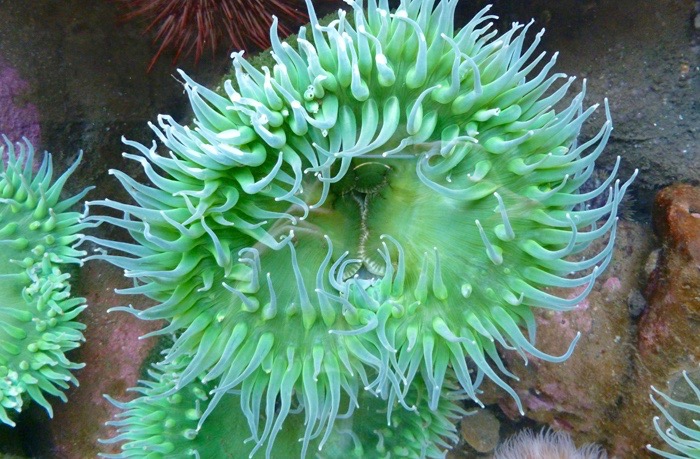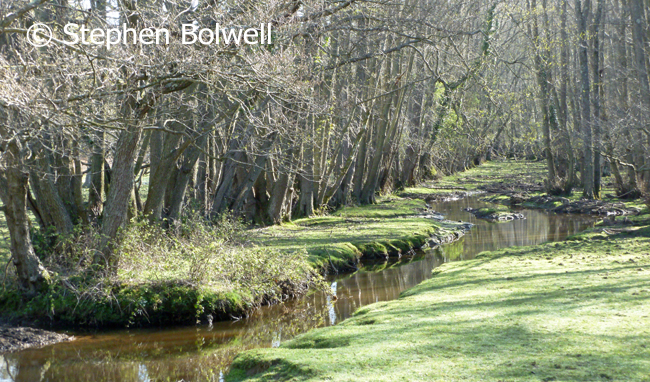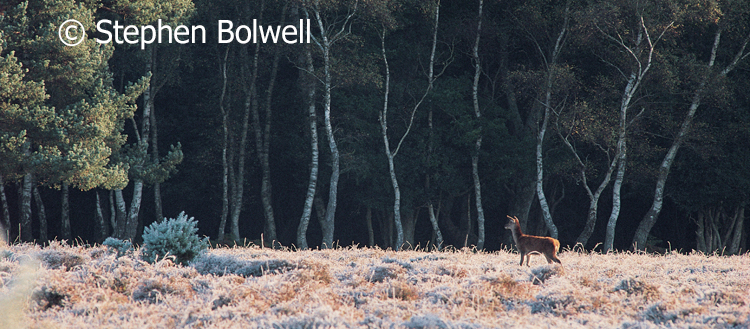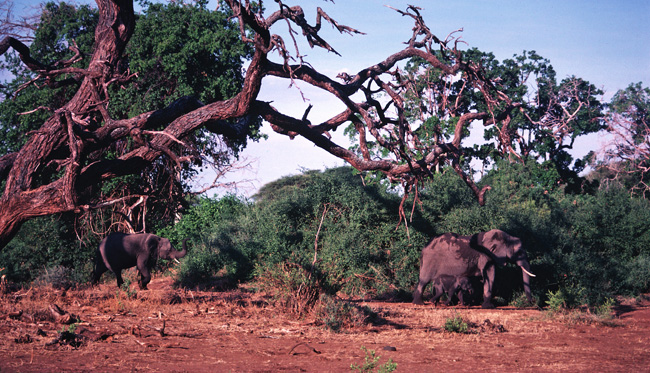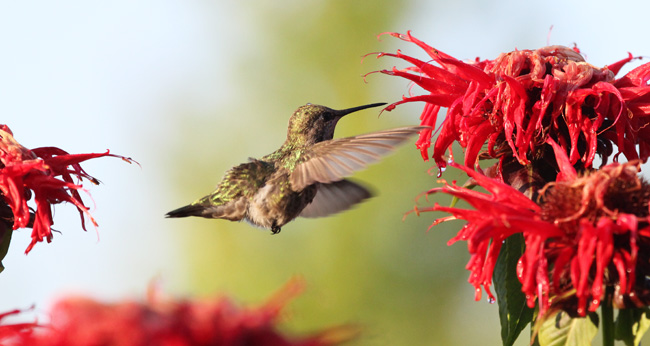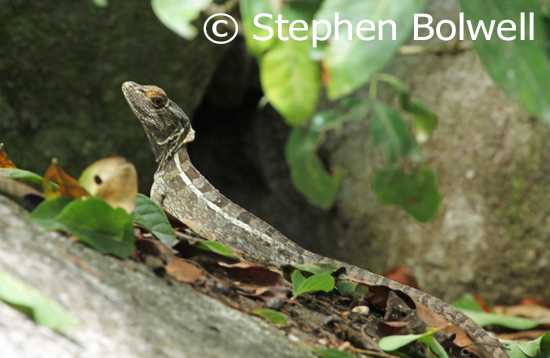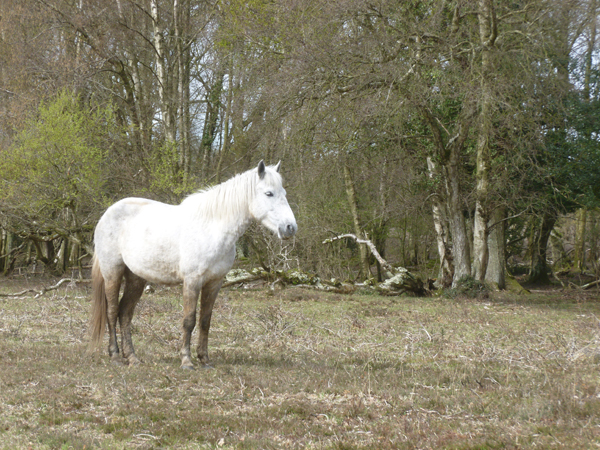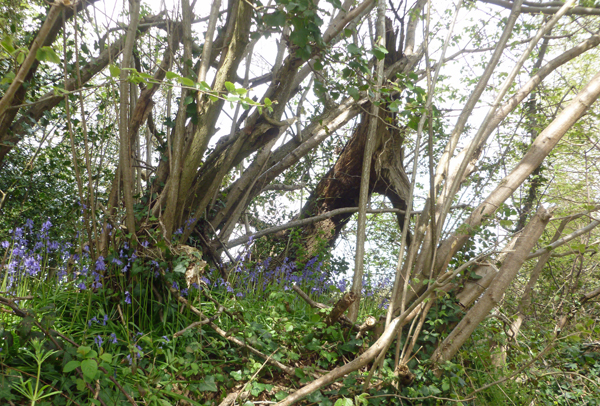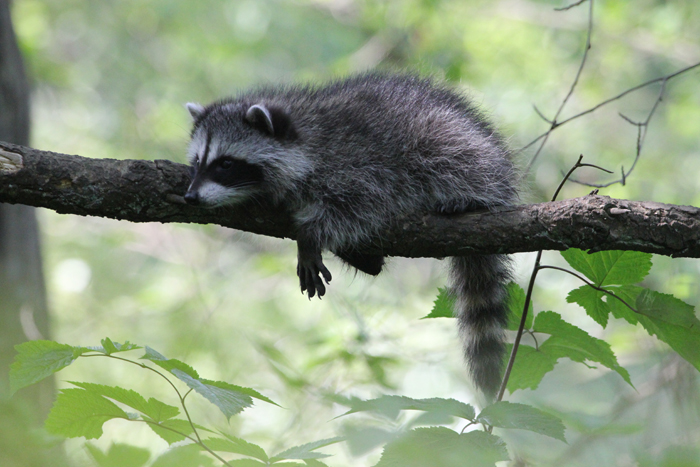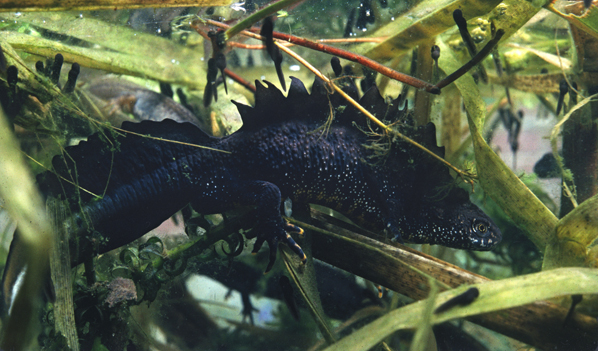Before We Had Brains 1 – The Worm That Turned.
As a child I spent many happy hours watching animals, especially the odd ones that other people mostly avoided... and it wasn't long before it all made perfect sense to me. When I was old enough, I would train as a zoologist. "What will you do with that?" people would ask. "Work in a zoo?" Well, not exactly. Rather stupidly, it had never occurred to me to ask how zoologists make a living - I'd never met one, but I was certain it wouldn't be a total waste of time; and when I finally managed to get qualified I was determined…
